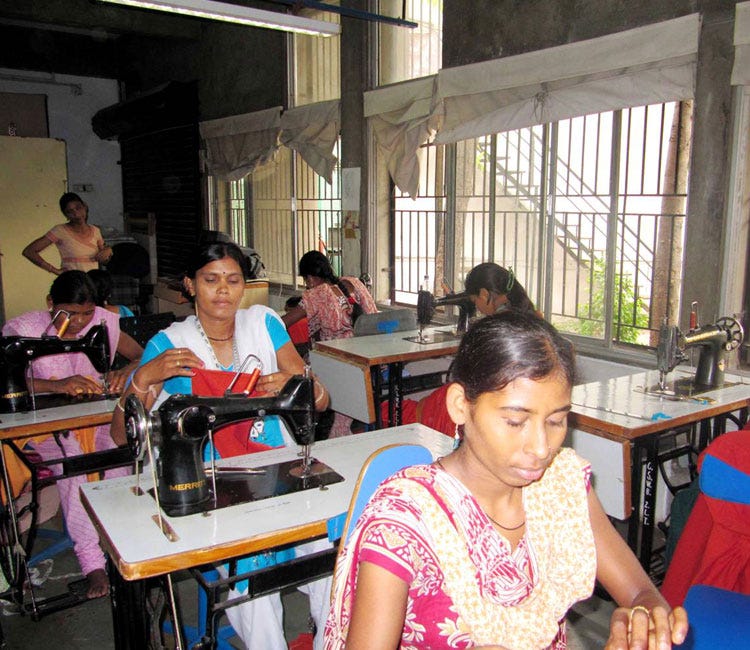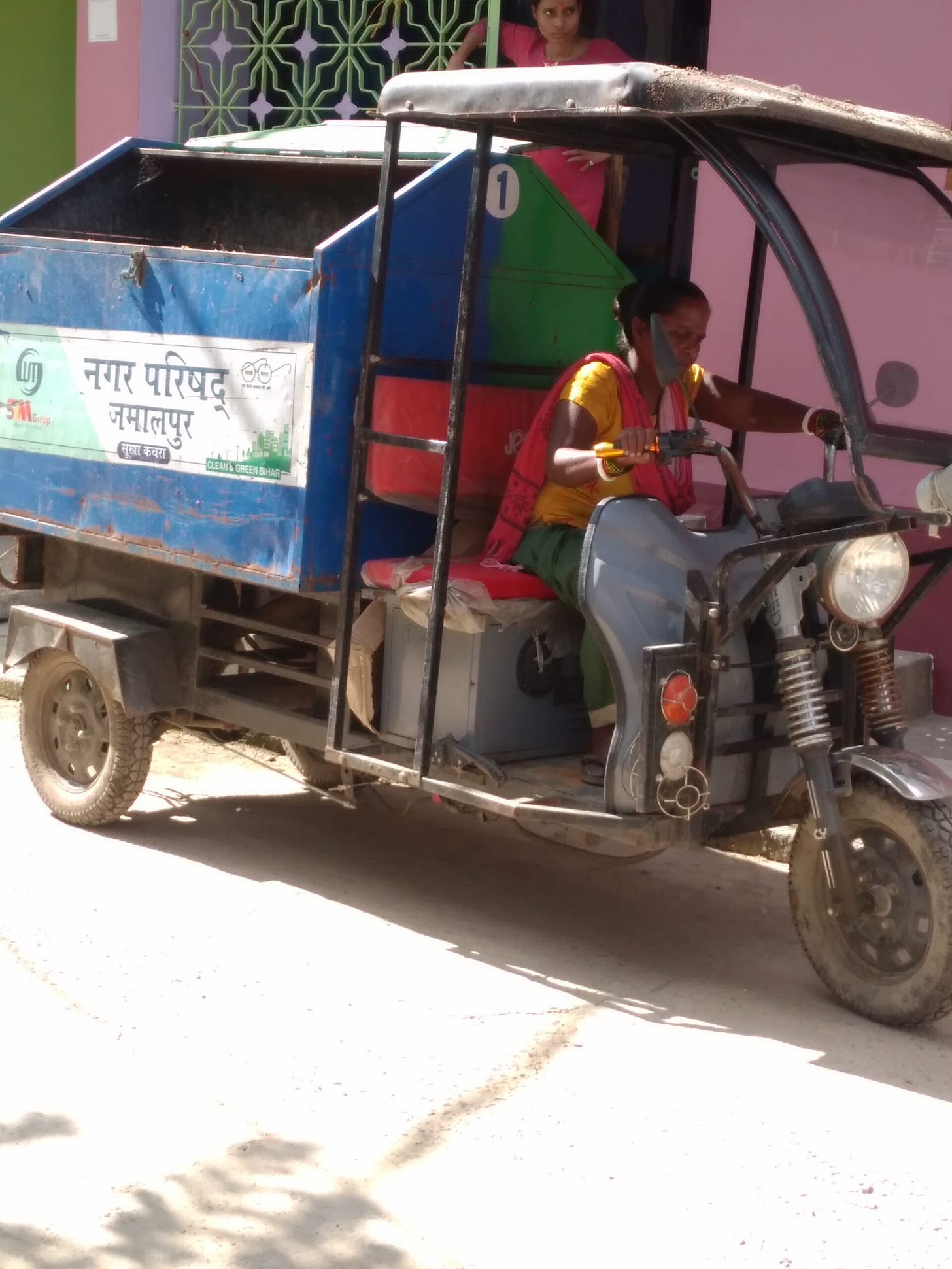Community Groups Helped Women in India Survive COVID-19 Pandemic
Many women laborers in India survived the COVID-19 pandemic by supporting each other according to research by Harvard's Satchit Balsari
April 16, 2024
Self-employed women in India, who work together in groups, largely survived the COVID 19 pandemic because of their cooperation. This is the finding of a survey of more than 1,000 households and insights from 30 hours of oral histories of members of the Self-Employed Women’s Association (SEWA).
For more than a century, it has been known that social factors influence community health outcomes more than anything else, Satchit Balsari, who led the research, told an online publication of the Lakshmi Mittal and Family South Asia Institute at Harvard University. He added, “I don’t think we fully recognize how hard it is to strengthen” social factors and that there are no “quick fixes for generations of deprivation. Organizations like SEWA show what it takes to make resilient communities.”
SEWA’s goals are full employment and self-reliance for poor women who work in a range of trades including, as tailors, cooks, garbage collectors, construction laborers and cleaners. They have no protections since there are few labor laws or social programs.
Using a strategy of setting up both unions and co-operatives, SEWA seeks to meet the needs of the worker as a laborer and a woman. It has set up 4813 self-help groups, 160 cooperatives, 15 economic federations and three companies.
SEWA offers technology, technical training, microfinance, market and banking access, natural resources management and other resources across more than 125 trades. It also offers supportive services which enable women to work, like savings and credit bank accounts, health care, child care, insurance and legal aid.
SEWA, which has 2.9 million members mainly in the villages, was founded in Ahmedabad, Gujarat state, in 1972. The founder Ela Bhatt was guided by Mahatma Gandhi’s principles of Satya (truth), Ahinsa (non-violence), Sarvadharma (integrating all faiths and castes) and Khadi (promoting local employment and self-reliance).
Balsari’s research findings are illustrated in a multi-media exhibition which opened at Harvard this week. His team, which conducted the research and set up the exhibit, includes present and past graduates of the schools of education, design, government, engineering, and public health at Harvard as well as SEWA members.
Balsari is Associate Professor in Emergency Medicine at Harvard Medical School and at the Harvard T.H. Chan School of Public Health. He has worked with populations affected by disaster, war and the COVID-19 pandemic in Iraq, South Sudan, Jordan, Haiti, Puerto Rico and across South Asia.
His team uses digital tools to advance public health planning, advocacy, and response in poor communities. The tools include EMcounter, a customizable, portable digital surveillance tool, which was used at the Kumbh Mela in India, the world’s largest mass gathering, and Voices, a crowd-sourced, online disaster response analysis tool.
Balsari completed his emergency medicine residency at Columbia and Cornell’s New York-Presbyterian Hospital, where he was chief of the global emergency medicine division, until 2017. He earned a medical degree from Grant Medical College in Mumbai and his public health degree from Harvard.
After Harvard, Balsari’s exhibit will travel to the World Bank in Washington DC and, he expects, to other venues, including in India.
In addition to the exhibition, Balsari plans to publish the findings in scientific papers, host policy roundtables and invite other artists to create work based on the research findings.
Balsari told the Mittal publication, “with climate change weighing so heavily on everyone’s minds, and as we wonder how to reimagine a more sustainable society, I think SEWA’s response to the pandemic presents answers that are generalizable, and important for communities around the world.”



